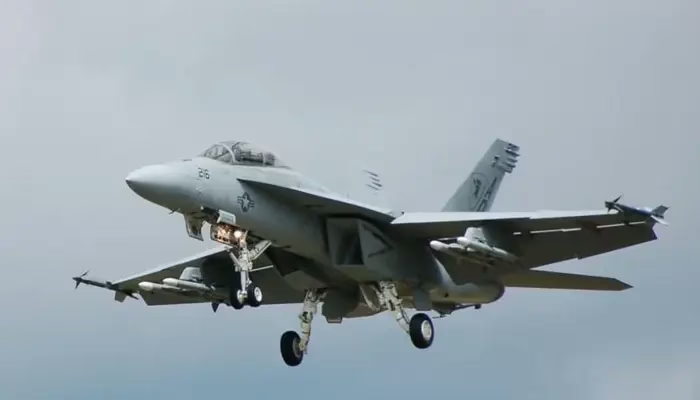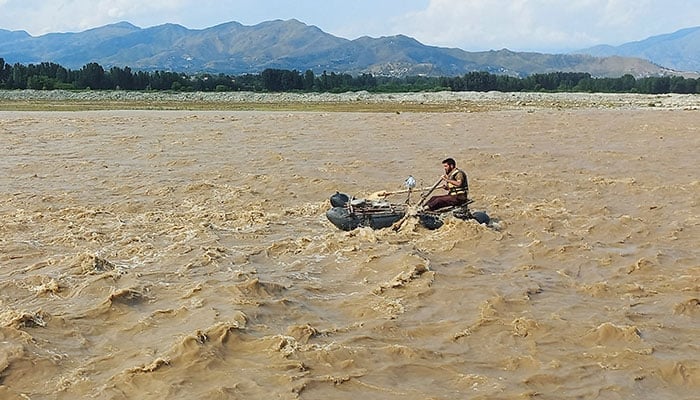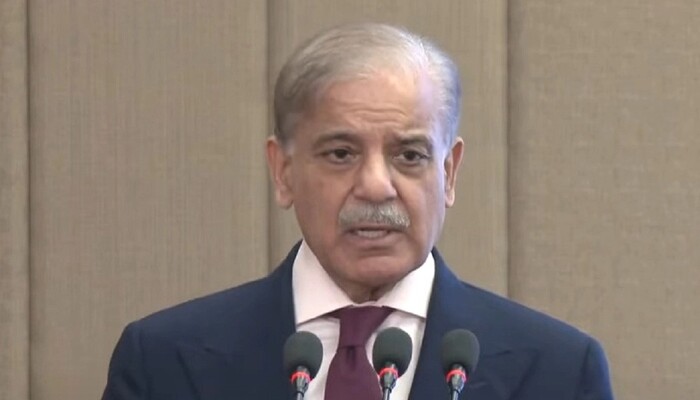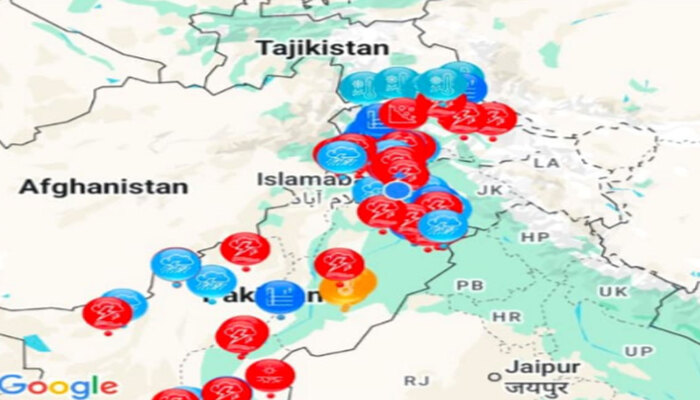
Senior journalist and anchor Shehzad Iqbal has revealed crucial information about the May 6–7 air skirmish between Pakistan and India. He confirmed that Indian Air Force (IAF) jets did not fire a single missile during Pakistan’s retaliatory strikes.
Indian jets failed to lock targets
Iqbal reported that Indian fighter jets failed to lock onto any Pakistani targets during the encounter. Their missile systems could not acquire guidance cues. This failure left them unable to respond effectively as Pakistan launched precision strikes.
According to Iqbal, this technological setback rendered the Indian response “ineffective and passive.” Indian jets remained in defensive mode and avoided escalation.
Read: Death Toll from Israel’s Attacks on Gaza Rises Again Amid Global Outcry
India backed off in later attempts
On May 9–10, the Indian Air Force again attempted to target Pakistani airbases. These included Nur Khan Airbase, a high-value location near Islamabad. However, the IAF refrained from entering Pakistani airspace.
Iqbal said Indian hesitation was due to the heavy losses it suffered during earlier engagements. The psychological impact of losing multiple aircraft deterred Indian jets from full engagement.
Pakistan enjoyed full airspace control
Sources confirmed that the Pakistan Air Force (PAF) received free airspace after the initial encounter. Indian jets avoided flying over critical areas, allowing PAF to operate without resistance.
During this window, Pakistan reportedly destroyed an Indian S-400 air defense system stationed at Adampur Airbase in Punjab, India. This high-end missile defense battery was one of India’s most prized military assets.
S-400 system destroyed, India tried to hide damage
Sources claimed the S-400 system was fully neutralized. To conceal this loss, Indian authorities quickly moved in a replacement S-400 unit from another location. This deception occurred just ahead of Indian Prime Minister Narendra Modi’s visit to the airbase.
Security experts noted that displaying a replacement unit was likely an attempt to mask battlefield losses and maintain the appearance of military strength.
Casualties confirmed among Indian pilots
According to sources, the Indian Air Force lost at least five aircraft in the May 6–7 retaliation. In those encounters, two Indian pilots died, while three others sustained injuries.
The exact nature of these injuries remains unclear. However, multiple sources within the defense community confirmed the deaths and injuries occurred during air combat or crash landings.
Tensions remain high
The situation along the Line of Control and surrounding air zones remains tense. However, the Pakistani military has stated it remains in full control of its airspace and is ready for any further provocations.
The Indian side has yet to officially confirm the S-400 damage or pilot casualties. However, defense analysts say the lack of retaliation and airspace silence from India supports Pakistan’s account.
A turning point in modern air warfare?
This latest confrontation between two nuclear-armed neighbors shows the growing complexity of aerial engagements. Despite India’s advanced missile systems, Pakistani forces appear to have outmaneuvered and outpaced them in recent encounters.
Shehzad Iqbal’s revelations indicate a clear shift in air superiority, at least during this round of skirmishes. The developments have sparked debates in both defense and diplomatic circles across South Asia.
As tensions simmer, regional watchers warn that miscalculation could lead to broader conflict. Both sides now face increasing pressure to de-escalate and prevent further clashes in the skies.
















